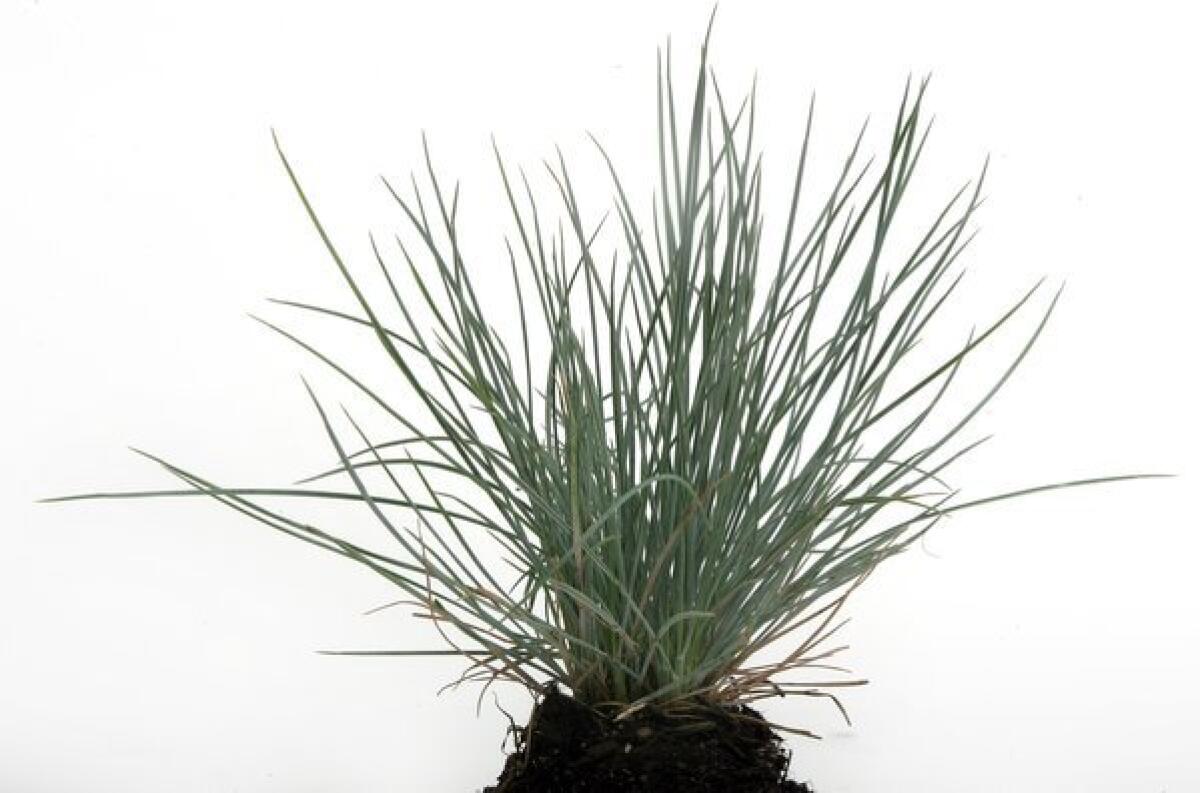When blue fescue turns brown, do you revive or replace?

How do you revive Elijah Blue fescue, the popular blue tufted ornamental grass, if it’s is looking dry and dead? Or can you?
Costa Mesa reader Niki Parker wrote into to our SoCal Garden Clinic with that question. A few new shoots came up after her husband painstakingly trimmed them, Niki said, but at what point should they just replace them? She said they have more than 60 of the plants in their frontyard.
What kind of care and maintenance is needed to keep the grass healthy and blue?
For an answer we turned to Barbara Eisenstein, research associate at Rancho Santa Ana Botanic Garden in Claremont, founder and manager of a nature park stewardship program in South Pasadena and horticulture chairwoman for the San Gabriel Mountains Chapter of the California Native Plant Society.
Eisenstein said:
Elijah Blue is one of the more durable and longer-lived of the blue fescues. Nevertheless, it does not do well in extreme summer heat or overly wet winter soils.
It is difficult to know the reason for the decline of your plants without knowing more about the garden. Coastal gardens with well-drained soils are ideal for this plant. If you do not have these conditions, you may be better off trying something else. Some of the sedges (botanical name Carex) or wire grasses (botanical name Juncus) are quite durable and may be good substitutes. A giant ryegrass called Canyon Prince has striking blue-gray foliage, though it is a larger and coarser grass.
If you decide to maintain your Elijah Blue, shear the plants in late winter. Do not cut them back during hot weather because the browned blades provide insulation against the heat. If you have bad soil, lightly fertilize the plants after grooming.
In general, blue fescues do not last long, and beds of these plants require quite a bit of maintenance. Replace plants that are more than half dead, and groom the others.
The Garden Clinic welcome questions and comments at home@latimes.com. Because of the volume of mail we receive, we can respond only to select questions. Bookmark L.A. at Home and check back for more installments throughout the week.



